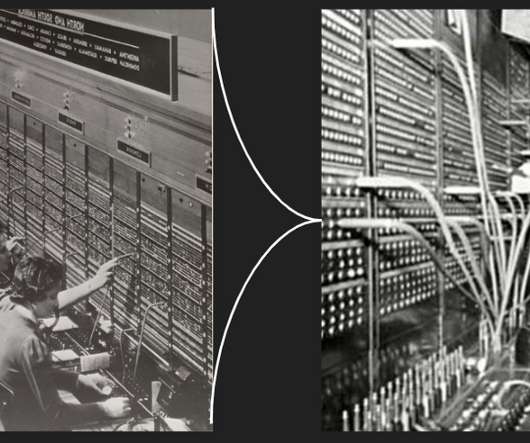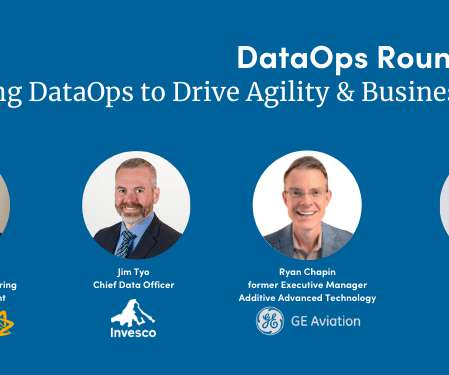The AIgent: Using Google’s BERT Language Model to Connect Writers & Representation
Insight
MARCH 12, 2020
In 2013, Robert Galbraith?—?an In this article, I will discuss the construction of the AIgent, from data collection to model assembly. Data Collection The AIgent leverages book synopses and book metadata. The latter is any type of external data that has been attached to a book? an aspiring author?—?finished














Let's personalize your content